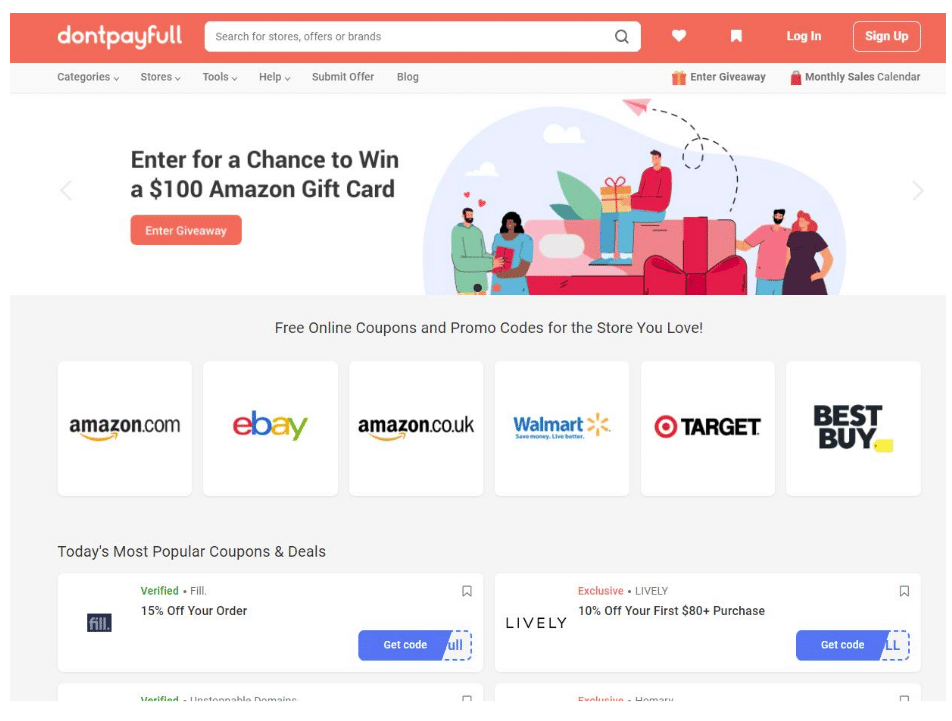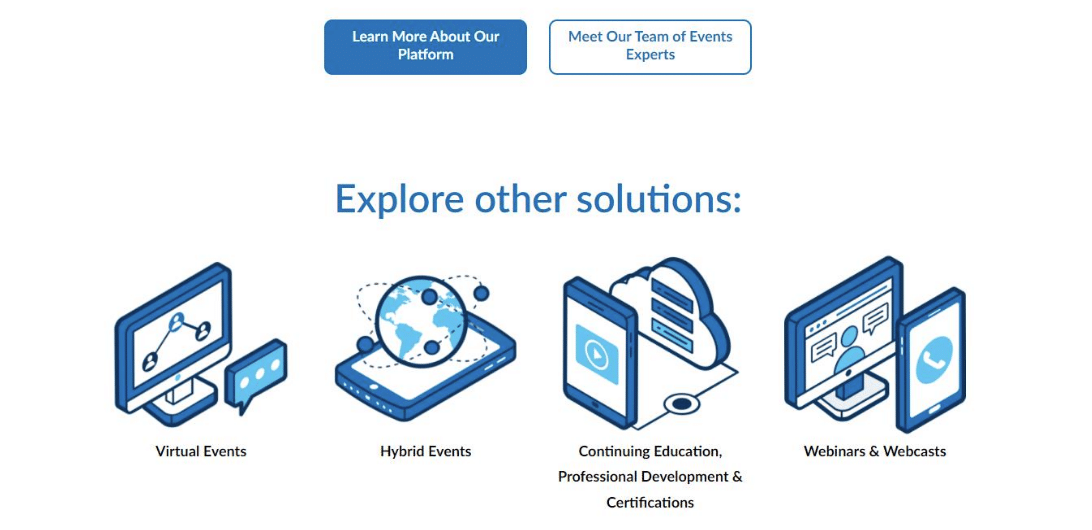Providing a positive, seamless user experience—or UX—for your website visitors is a great way to make as many sales as possible and build credibility with your target audience. It’s also good for drumming up the loyalty you need to create enthusiastic brand ambassadors to promote your brand. Customers who have a good experience on your website will typically return to buy more products or services and share your site with their friends.
Let’s look at what customer friction is, why you should handle it quickly, and how you can remove it from your customer experience to ensure visitors who land on your site know exactly what they need to do to convert.
Photo by John Schnobrich on Unsplash
What is customer friction, and why should you address it?
Customer friction refers to anything that may cause a potential customer to hesitate while navigating your site and moving through your sales funnel. Issues such as slow loading pages or a confusing navigation menu can prevent people from converting, or may even cause them to leave your website entirely, never to return again.
Limiting customer friction is smart for any business owner because it will help to earn your audience’s trust, convince them to convert, and give them a reason to recommend your business to others.
Let’s look at how you can remove friction from your customer experience to increase your sales numbers and the overall success of your business.
How can you remove friction from your customer experience?
If you want to increase your sales, you will need to do everything you can to reduce or remove points of friction during the sales process. When a person finds themselves encountering an obstacle when trying to find information or make a purchase, they will likely search for other solutions, which can lead to fewer sales. So, here are some ways you can help to prevent that.
Map your current customer journey to identify areas of concern
Before you can remove friction from your customer experience, you need to understand what your customers’ typical journeys look like. The best way to do this is to create a customer journey map, so you can begin to identify any areas where there’s cause for concern.
A customer journey map is a tool that allows you to visualize how customers interact with your brand so you can build a great customer experience. Creating one provides critical insights into your customers’ journeys and highlights any pain points they may experience while trying to shop with you. That way, it’s easier to see where you need to simplify and optimize. Here are some steps you can take to map your current customer journey:
- Generate buyer personas to understand customer motivations to ensure your content meets their motivations and needs.
- Use analytics to determine where people experience issues with your site so you can improve the overall customer experience.
- Identify critical points where the customer forms their opinion on your brand. These can include sales pages, so make sure these include all the relevant information customers need to complete a purchase.
By putting yourself in the shoes of your ideal customer, you will understand what kinds of friction they are experiencing so you can improve your site to deliver a better customer experience.
To give you a concrete example, let’s say that you offer SEO packages to small businesses. After mapping out the customer journey, you realize that potential customers are running into friction when they try to purchase your services because they don’t understand what SEO is or how it can benefit their business. In this case, you would want to create content that explains what SEO is and why it’s important for small businesses.
By addressing this friction point, you can make it easier for potential customers to purchase your services and increase your sales.
Make it easy for customers to work out what their next step is
A common source of friction in the customer experience is caused by potential customers not understanding how to take the next steps with your company. So, you need to do everything in your power to eliminate the risk of confusion that can cost you sales.
To make it easy for customers to move through your sales funnel, you may need to make some changes to your website. For instance, you could:
- Provide clear and eye-catching calls to action (CTAs) to direct customers towards the next steps.
- Place all the essential information above the fold, so customers don’t have to read the entire page to retrieve the information they need to make a purchase.
- Simplify forms to ask for only the most vital information to ensure customers aren’t put off by the time and effort it will take to fill them out.
Let’s look at a company that does a great job of reducing friction to help create a positive customer experience on their website.
DontPayFull, an online savings finder tool, places all the essential information right at the top of their homepage so customers can find the details they need without having to click or scroll. Plus, they’ve provided CTAs that really stand out, and they’ve used strong language like “Start Saving” to ensure customers know what to expect once they click on the button. This type of CTA can help customers know exactly what to expect once they click on the button and why they should click, which can lead to more sign-ups over time.
Remember that, the easier it is for customers to convert, the more likely they’ll be to make a purchase. So take the time to place CTAs, essential information, and anything else customers need to convert right on your homepage to help create a positive customer experience and drive more sales through your site.
Ensure your website copy provides all of the vital details
If your pages don’t offer all of the essential information that potential customers need to feel comfortable making a purchase, you won’t be providing the best possible customer experience and will miss out on significant sales.
You don’t need huge blocks of text to get your message across, though. In most cases, using shorter paragraphs can help create a positive customer experience since website visitors typically won’t want to read lots of content to understand what you can offer them.
Here are some tips for ensuring that the copy on your website hits all of the necessary points, so your customers aren’t left in the dark:
- Explain who your products or services are for so potential customers quickly understand whether your company offers a solution for their needs.
- Outline pricing models for your products and services, and explain what’s included with each purchase. This can help customers see the value of your products or services and will provide additional transparency, which will build trust and lead to more sales.
- Explain the ongoing maintenance of your products or services that is required so potential customers understand what they will need to do post-purchase.
To give you some inspiration, let’s take a look at a company that does a great job of always providing prospective customers with all the details they need to make an informed purchase, so customers enjoy shopping with them.
The virtual event company BeaconLive has stellar website copy to show exactly what their platform helps customers accomplish on their virtual events page. The page outlines a number of solutions the company offers that their audience might be looking for to host their virtual events, hybrid events, and webinars, and they include a link to the different services.
Laying out their various services like this can help potential customers understand what BeaconLive offers customers, and whether its virtual events platform is right for them. As a result, more qualified customers should engage with the site and this can lead to more leads and sales over time.
Be sure that your copy includes all the vital details about your products or services to reduce friction in the customer experience and ensure potential customers know whether your solutions are right for them. You can accomplish this by adding information about what your products or services offer, pricing, and even ongoing maintenance information to help educate potential customers before they buy from you.
Make sure your website loads quickly and is a pleasure to use
Online customers are typically in a hurry, and they don’t have time to sit around and wait for your website to load. A slow loading website creates a poor customer experience, and can drive customers away, which may lead them to look for a similar product or service from a competitor who has a site that loads quickly.
You can also reduce friction in your customer experience by ensuring your website is a pleasure to use. For instance, one of the ways you can do this is by adding visual elements like images and videos to your pages. These will make your site more engaging, and you can also use these elements to show the value of your products or services without needing to provide too much written content. This means that you can share information with customers in an engaging way even if they don’t have the time to read a lot, which can reduce friction in the customer experience and lead to more sales over time.
Create your invoices correctly
Ensuring that your invoices are accurate and free of errors is another way to reduce friction in your customer experience. This is because if customers receive an invoice that is incorrect, they may become frustrated and contact your customer service team to get it sorted out. This takes up time and resources, and it can also lead to customers feeling negative about your brand.
Using the correct services rendered invoice template can go a long way towards ensuring that your invoices are accurate and free of errors. You can also streamline your invoicing process by using online invoicing software, which can help to automate the process and reduce the chances of human error.
Optimize for indirect procurement
Knowing how to optimize for indirect procurement can also help reduce friction in your customer experience. This is because indirect procurement covers a wide range of products and services that are not directly related to your core business, such as office supplies, travel, and IT services.
If you’re not optimized for indirect procurement, it can lead to a number of problems, such as a lack of competitive pricing, invoicing errors, and delays in getting the products or services you need. This can all create friction in your customer experience and make it more difficult to do business.
Summary
A frictionless customer experience is essential for boosting your sales numbers. Use this article to evaluate your current website and identify ways to enhance its UX.
Before long, you’ll see an uptick in your conversion rate as more and more customers feel compelled to purchase from your site.











